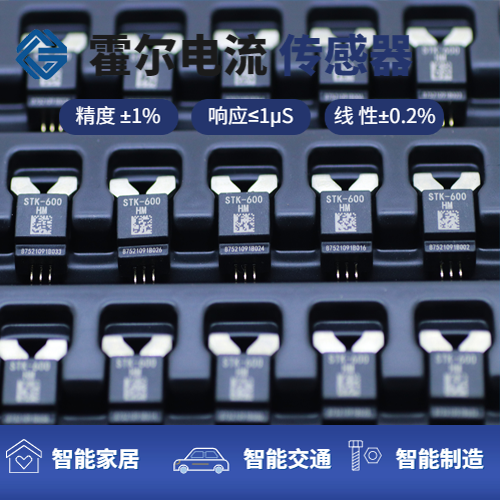The working principle of resistance strain gauges
The working principle of resistance strain gauges
The most commonly used in geometric and mechanical measurementsensorIt is a strain gauge resistance sensor made of certain metal and semiconductor materials.
Strain gauge resistance sensors are sensors that use strain gauges as sensing elements. It has the following advantages:
(1) High precisionThe measurement range is wide.
(2) Long service life, stable and reliable performance.
(3) The structure is simple, the size is small, and the weight is light, so it has little impact on the working state and stress analysis of the workpiece during testing.
(4) Good frequency response characteristics. The response time of the strain gauge is about 10-7s。
(5) It can work in harsh environmental conditions such as high and low temperatures, high speeds, high pressures, strong vibrations, strong magnetic fields, nuclear radiation, and chemical corrosion.
(6) There are various types of strain gauges and they are inexpensive.
However, there are also some drawbacks: it has significant nonlinearity under high strain conditions; The output signal is weak; Not suitable for high temperature environments (above 1000 X); Strain gauges only measure the average strain over a certain area and cannot fully display the stress gradient in the stress field.
The working principle of resistance strain gauges is based onresistanceStrain effect refers to the change in resistance values of a conductor when it undergoes mechanical deformation.

